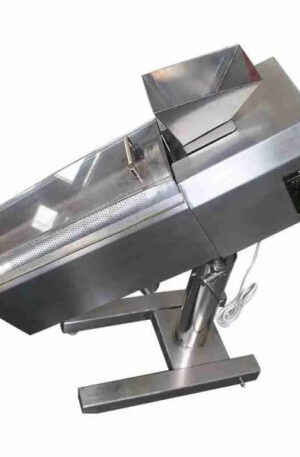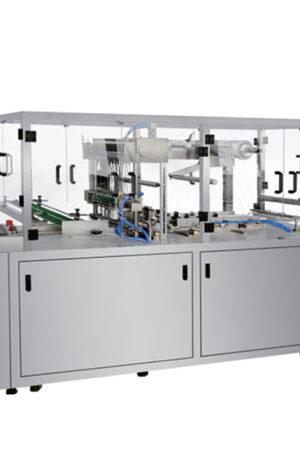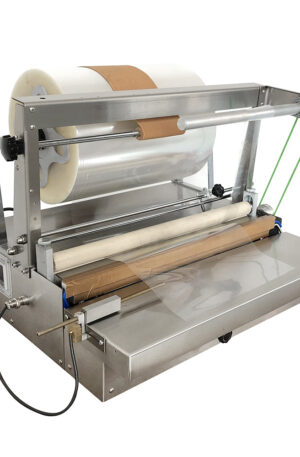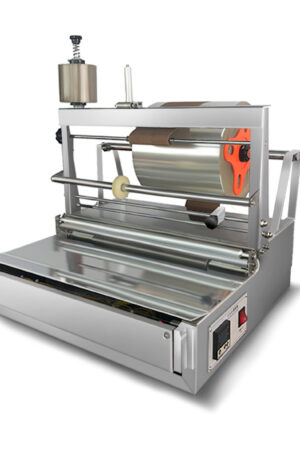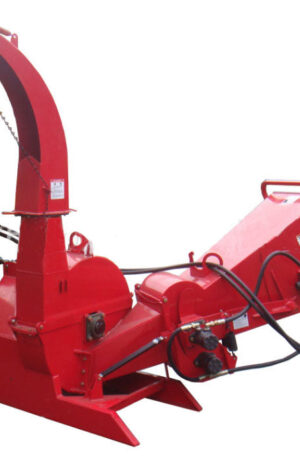Title: Understanding the Working Mechanism of Pharmaceutical Machines
Pharmaceutical machines play a crucial role in the production of medications, ensuring precision and efficiency in the manufacturing process. Two key machines commonly used in pharmaceutical production are the tablet press machine and the capsule filling machine. In this article, we will delve into the working mechanisms of these machines, focusing on the TDP and THDP models.
Tablet press machines are essential in the pharmaceutical industry for producing tablets of various shapes and sizes. The TDP model, or Tablet Press Machine, operates by compressing powdered ingredients into solid tablets. The process starts with the formulation of the raw materials, which are then fed into the hopper of the machine. The TDP machine consists of a turret with several punches and dies that compress the powder into tablet form. The compression force and speed can be adjusted to achieve the desired tablet specifications.
On the other hand, capsule filling machines are used to fill empty gelatin capsules with powdered or granulated medication. The THDP model, or Capsule Filling Machine, operates by separating the capsules, filling them with the desired dose of the medicine, and then sealing the capsules for consumption. The process involves the loading of empty capsules into the machine, followed by the dispensing of the medication into the capsules, and finally sealing the capsules to ensure proper containment of the medication.
Both the TDP and THDP machines require meticulous calibration and maintenance to ensure optimal performance and product quality. Regular cleaning and inspection of the machine parts, such as the punches, dies, and filling nozzles, are essential to prevent cross-contamination and ensure the efficacy of the medication.
In conclusion, pharmaceutical machines, such as tablet press and capsule filling machines, play a critical role in the production of medications. Understanding the working mechanisms of these machines, particularly the TDP and THDP models, is essential for ensuring the quality, safety, and efficiency of pharmaceutical manufacturing processes. Regular maintenance and calibration of these machines are necessary to uphold the standards of pharmaceutical production and safeguard public health.

